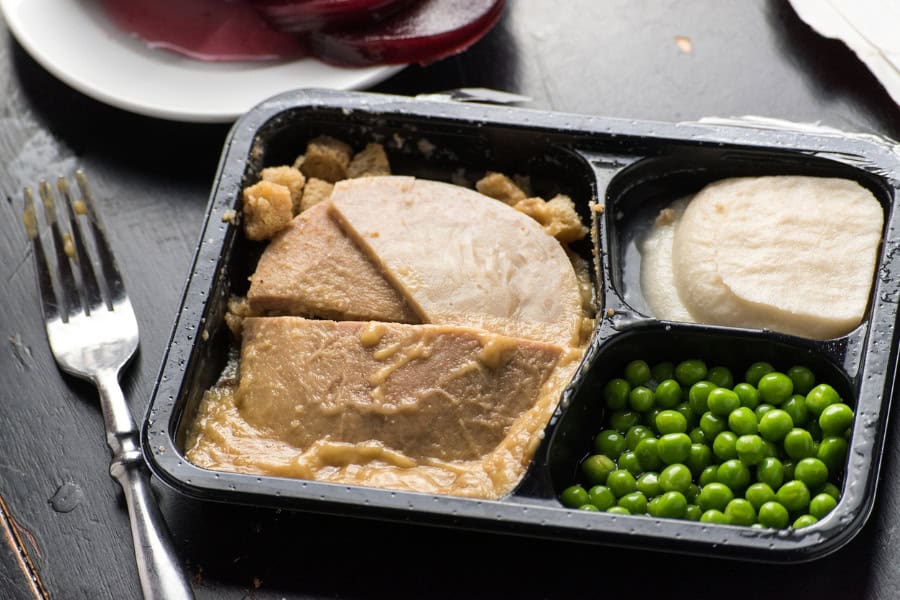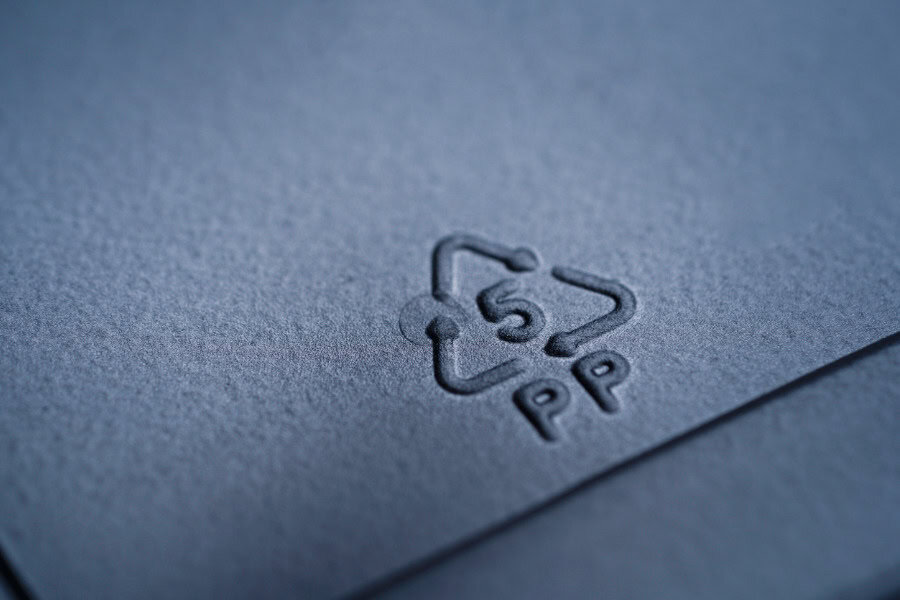Cooking is fun, but it can sometimes be a real chore, and on days like that, you probably reach for a microwaveable meal or instant soup/noodles.
No judgment there; I do it too.
It’s hard to argue with lunch that takes 3 minutes to prepare and leaves no dishes behind.

But do you ever think about how many things could go wrong in those 3 minutes?
Probably not.
You and I don’t really question the risks because these types of foods (convenience foods) are so normal. They feel totally harmless. They’re not, though.
So, what does a ‘safer’ convenience food even mean?
Well, not all quick meals are equally safe, and once you know what to look for, you can spot the difference easily.
Some have flimsy containers, others have materials that were never meant to be exposed to heat. And sometimes, you can even get hurt.
So how can you have a meal that won’t try to send you to the ER?
Let’s see.
6 Tips for Choosing Foods That Aren’t Risky
Here’s how to make sure your noodles and TV dinner won’t try to burn your face off.

Pick Containers That Don’t Flip Easily
Before you take a cup of noodles and toss it in your basket, look at the shape of the container. Is the base narrow? Is it too top-heavy?
Both of these are red flags because they’ll make the cup much more likely to tip over, especially when what’s inside is hot and liquid.
I always look for a flat, wide bottom that feels sturdy. If it wobbles on the shelf, imagine what it’ll do when it’s full of boiling liquid.
Yikes.
Check the Heating Instructions Before Buying
Most people disregard the instructions on the packaging, and that can be a huge mistake.
You should always check if there are clear steps about how to prepare the product.
Things like microwave power, cooking time, different heat temperatures used for different thermal processing methods, when to stir, or how much water to add, or any extra steps that are required.
Without it, you have a greater chance of ending up with a scorching mess rather than with food.
If the instructions are vague, confusing, or, in rare cases, if there are none, pass on this food.
I’ve learned that poor directions usually mean the food wasn’t tested well enough, or that the regulations regarding these types of ingredients aren’t strict enough, so the manufacturer has no idea how to prepare it safely.
That can cause it to cook unevenly or overheat.
Avoid Containers That Are Too Deep or Too Insulated
A lot of instant soups and meals come in tall cups, and although they seem convenient, they’re not.
The deeper the container, the more heat gets trapped inside, and the harder it is to handle it safely.
If it’s too insulated, you might think it’s cool because of the surface, when, in fact, what’s inside is still boiling hot.
There have been numerous cases where people got severely burned from instant soups that were served in narrow, top-heavy containers.
If that ever happens to you, make sure to file an instant soup burn claim with Rosenfeld Injury Lawyers or another law firm that has plenty of experience in such cases.
If the instructions aren’t clear or the packaging is faulty, somehow leading to injury, then the manufacturer deserves to be held accountable.
You never want an injury to happen, but if one does, you definitely want to see what can be done about it.
That’s because you don’t want to end up hurt, stuck with medical bills, potential lost wages (or any other damages) because of somebody else’s mistake.
Look for Vents You Can Actually See
When you heat up food in a sealed container, what do you think happens with the steam?
It needs to go somewhere. And without visible vents or peel-back sections, that somewhere could be your face.
Or the pressure will keep building up until the lid blows open, and that will send hot food flying all over the place. And, again, possibly your face.
A good package will show clear venting points, like a corner tab or a perforated opening. If it’s all totally sealed, it’s not safe, so skip it.
Is the Packaging/Container Easy to Hold?
This mightn’t seem like a big deal. It is.
Unless the container has a built-in grip or an outer sleeve, it can cause accidents.
For example, the container might feel sturdy enough when you buy it. But once the food has been prepared, the same material can become very soft, which might catch you off guard.
I’ve had that happen, and it’s not fun.
In other cases, the material might also have poor thermal insulation properties, which could cause you to burn your fingers or palm once you take it out.
To add to that, smooth plastic cups and straight-edged paper containers don’t give your hands much to hold onto, especially when they’re hot or slippery from condensation.
You want to see handles, ridges, sleeves—anything that can save your fingertips and prevent spills.
Pay Attention to the Quality of the Plastic

You can’t put all kinds of plastic in the microwave.
Flip the container over and look for the recycling number.
If you see #2 or #5, that’s safe, and it will hold up well to heat.
But #6 or #7? Those are major no-nos.
They can melt and leach chemicals into your food, and not the kinds that will accidentally make you into a superhero.
You don’t need a degree in chemistry to figure this out. Just check the bottom.
You shouldn’t overthink your lunch, but you also shouldn’t pick whatever, because microwave food can actually be dangerous.
That’s why it’s important to know which features to look for, because they can mean the difference between enjoying your food and getting scalded.
We all assume that, if it made it to the shelf, “it’s fine.” But that “fine” doesn’t necessarily mean it won’t spill or burn you.
So flip the cup over, read the label, check for vents, and never buy food that looks like its container could also be a pencil holder.
- Ruth’s Chris Creamed Corn Recipe - March 8, 2025
- Hibachi vs Teriyaki: The 6 Differences You Need To Know - February 28, 2025
- Too Much Pepper? Here Are 7 Ways To Fix It - February 27, 2025

